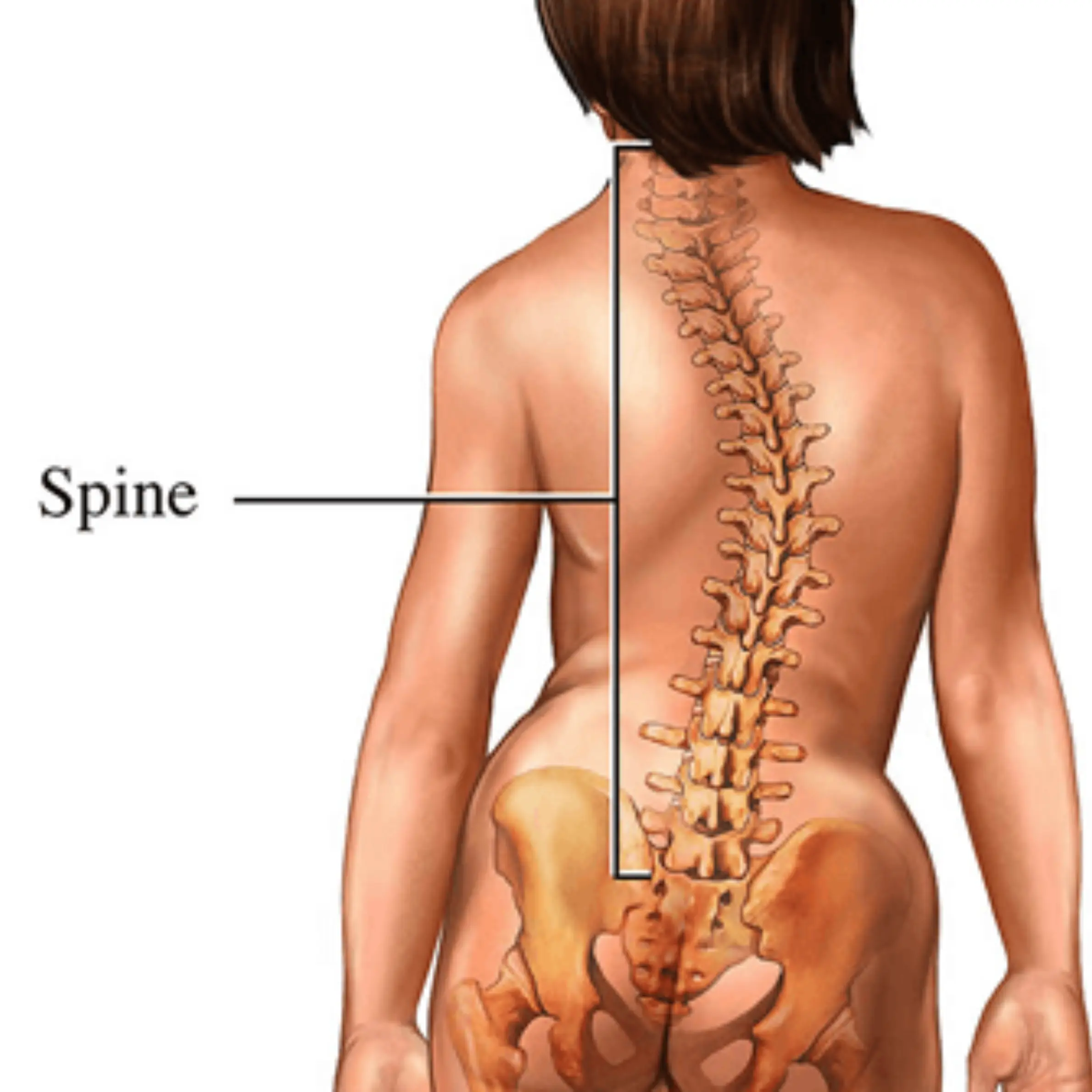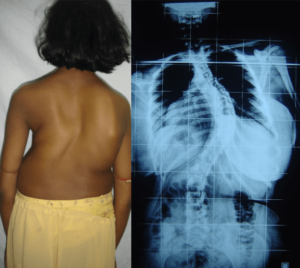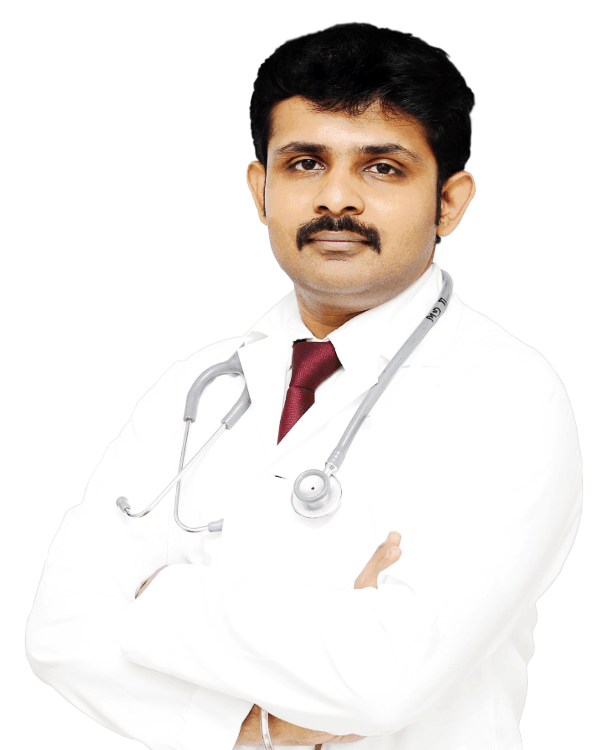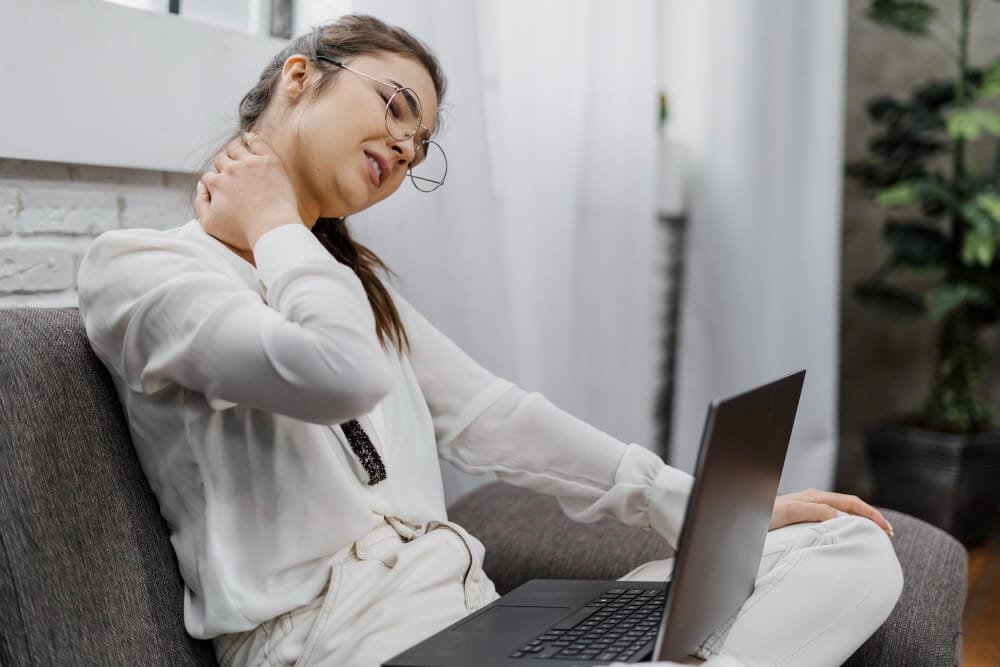Scoliosis in Adults: Is Surgery the Only Option?
Scoliosis is commonly associated with adolescence, but adults can also develop or experience a worsening of the condition. Adult scoliosis brings its own set of challenges, including chronic pain, mobility issues, and a significant impact on quality of life. Understanding the treatment options for scoliosis in adults is crucial for finding relief.
This article will explore the causes, symptoms, and treatment choices—including whether surgery is the only solution.

What Causes Scoliosis in Adults?
Scoliosis in adults can develop due to several factors, with the two most common types being:
- Degenerative Scoliosis (De Novo Scoliosis): This type of scoliosis occurs in older adults and is often caused by the natural degeneration of spinal discs and joints. As the spine weakens with age, it can begin to curve abnormally.
- Idiopathic Scoliosis: This form of scoliosis begins during adolescence and continues into adulthood. In some cases, the curvature remains stable for years, while in others, it worsens with time.
Other causes of scoliosis in adults include:
- Spinal injuries or fractures that lead to an imbalance in the spine’s alignment.
- Osteoporosis: A condition that weakens bones, causing vertebrae to collapse and contribute to spinal curvature.
- Spinal infections or tumors that alter the spine’s normal structure.
Scoliosis Pain Symptoms
Scoliosis in adults is often accompanied by various symptoms, including:
- Chronic back pain: This is the most common symptom, particularly in the lower back.
- Uneven hips or shoulders: Visible changes in posture.
- Muscle fatigue: Strain on back muscles trying to compensate for the curve.
- Nerve-related symptoms: In cases where the curvature compresses nerves, patients may experience numbness, tingling, or weakness in the legs.
When to Seek Medical Attention
It’s important to consult a spine surgeon in Chennai if you experience:
- Persistent or worsening back pain.
- Changes in posture, such as noticeable leaning to one side.
- Loss of balance or difficulty walking.
- Nerve-related symptoms, including numbness or tingling.
How to Manage Adult Scoliosis Without Surgery?
Non-Surgical Treatment Options
While surgery is an option for some, many patients can manage their scoliosis with conservative treatments. These methods aim to reduce pain, improve mobility, and slow down the progression of spinal curvature.

Physical Therapy and Scoliosis Exercises
Physical therapy plays a key role in managing adult scoliosis. Some common exercises include:
- Core-strengthening exercises: Strengthening the muscles that support the spine can help stabilize the curvature and alleviate pain.
- Stretching routines: Stretching can reduce muscle tightness and improve flexibility.
- Postural exercises: Learning how to maintain proper posture helps reduce the strain on your spine and muscles.
Pain Management Techniques
Non-surgical treatments can provide effective relief from scoliosis pain:
- Pain medications: Over-the-counter NSAIDs (nonsteroidal anti-inflammatory drugs) or prescribed muscle relaxants may help manage pain.
- Epidural steroid injections: These can reduce inflammation and provide temporary pain relief, especially for nerve-related symptoms.
- Bracing: Although less common for adults, braces may be used in some cases to help alleviate pain.
Lifestyle Changes
Simple adjustments in your daily life can have a big impact on scoliosis management:
- Maintain a healthy weight: Reducing excess body weight can lessen the strain on your spine.
- Low-impact exercises: Activities like swimming, walking, or cycling can help strengthen your back muscles without putting too much pressure on the spine.
- Ergonomics: Adjusting your workspace or home environment to reduce bending or twisting can help avoid unnecessary strain on the back.
Scoliosis Treatment for Adults: Is Surgery Necessary?
When Is Surgery Recommended for Scoliosis in Adults?
While non-surgical options are effective for many, surgery may become necessary for certain cases of scoliosis. Surgery is typically considered if:
- The spinal curvature is severe and impacts daily life.
- The curvature is progressing and likely to worsen.
- Nerve compression is causing leg pain, numbness, or weakness.
- Non-surgical treatments have failed to provide relief.
Surgical Options for Adult Scoliosis
If surgery is needed, patients may undergo one of the following procedures:
- Spinal Fusion Surgery: The most common surgical approach, spinal fusion involves permanently joining two or more vertebrae to prevent further curvature. This stabilizes the spine and alleviates pain.
- Minimally Invasive Surgery: In some cases, minimally invasive techniques may be used to correct scoliosis, reducing recovery time and minimizing complications.
Scoliosis Surgery Success Rates
The success of scoliosis surgery depends on several factors:
- Severity of the curvature: The larger the curve, the more complex the surgery.
- Patient’s age and overall health: Younger patients or those in good health tend to recover more quickly.
- Surgeon expertise: The success of the surgery is also influenced by the skill and experience of the surgeon. Dr. Vignesh Pushparaj, the best scoliosis surgeon in Chennai, has a high success rate in treating scoliosis in adults.
Recovery after surgery is a gradual process, and patients can expect to return to normal activities within a few months. Spinal fusion surgery recovery typically involves physical therapy and a gradual return to normal movement.
Scoliosis Treatment in Chennai: Expertise of Dr. Vignesh Pushparaj
Why Choose Dr. Vignesh Pushparaj for Adult Scoliosis Treatment?
Dr. Vignesh Pushparaj is recognized as the best scoliosis surgeon in Chennai and offers a comprehensive approach to scoliosis treatment. His focus is on:
- Offering personalized treatment plans that cater to the individual needs of each patient.
- Providing both surgical and non-surgical solutions to scoliosis.
- Ensuring a high standard of post-surgical care and rehabilitation to optimize recovery.
Scoliosis Treatment Options in Chennai
Patients in Chennai have access to world-class scoliosis care through Dr. Vignesh’s clinic. With advanced diagnostic tools and state-of-the-art surgical techniques, Dr. Vignesh ensures the best possible outcomes for adult scoliosis patients.
His clinic also offers a comprehensive range of services, from physical therapy to pain management programs.
Conclusion
For adults living with scoliosis, surgery is not always the only solution. Many patients find relief through non-surgical methods such as physical therapy, pain management, and lifestyle changes.
However, in severe cases, surgery may be the best option to improve mobility and reduce pain. If you are considering treatment options for scoliosis in adults, Dr. Vignesh Pushparaj, the best scoliosis specialist in Chennai, offers expert guidance and care.
Schedule a consultation
If you’re dealing with scoliosis or back pain, schedule a consultation with Dr. Vignesh Pushparaj, the leading expert in scoliosis treatment in Chennai. Get the personalized care you need to manage your scoliosis and improve your quality of life.






0 Comments